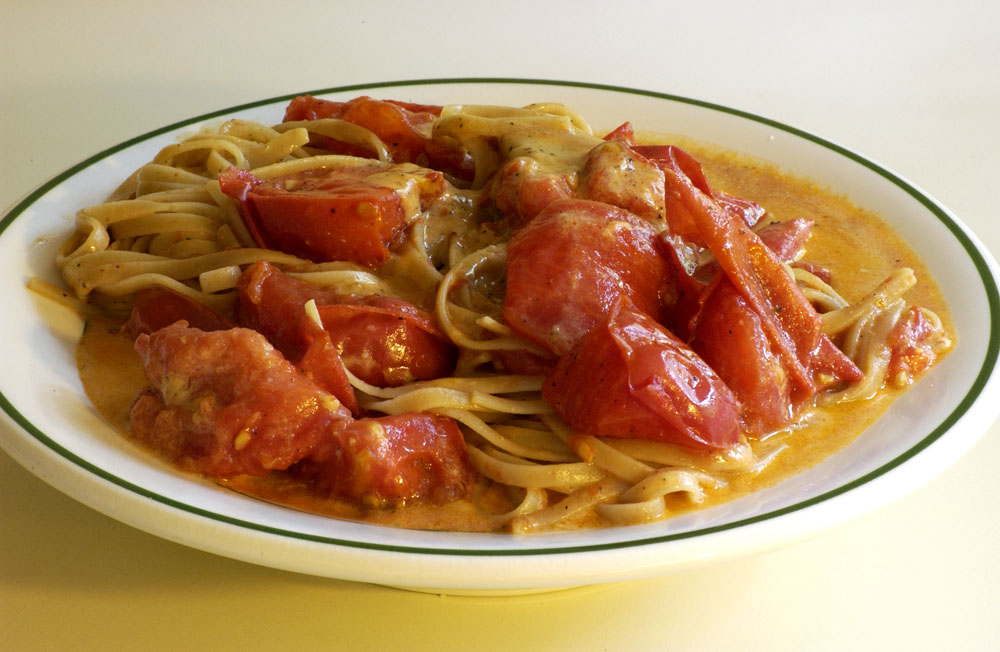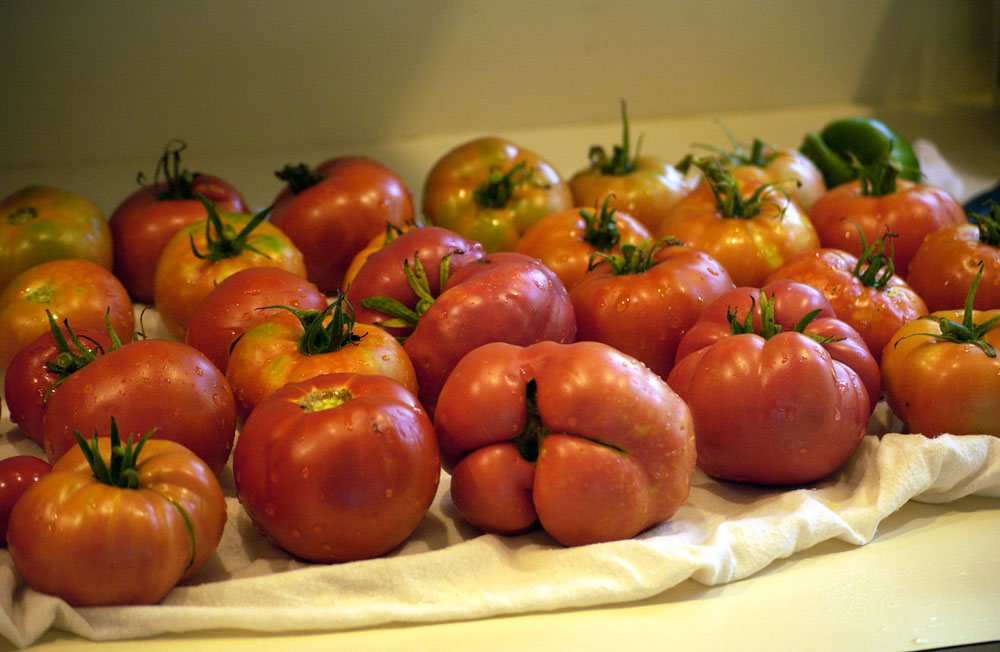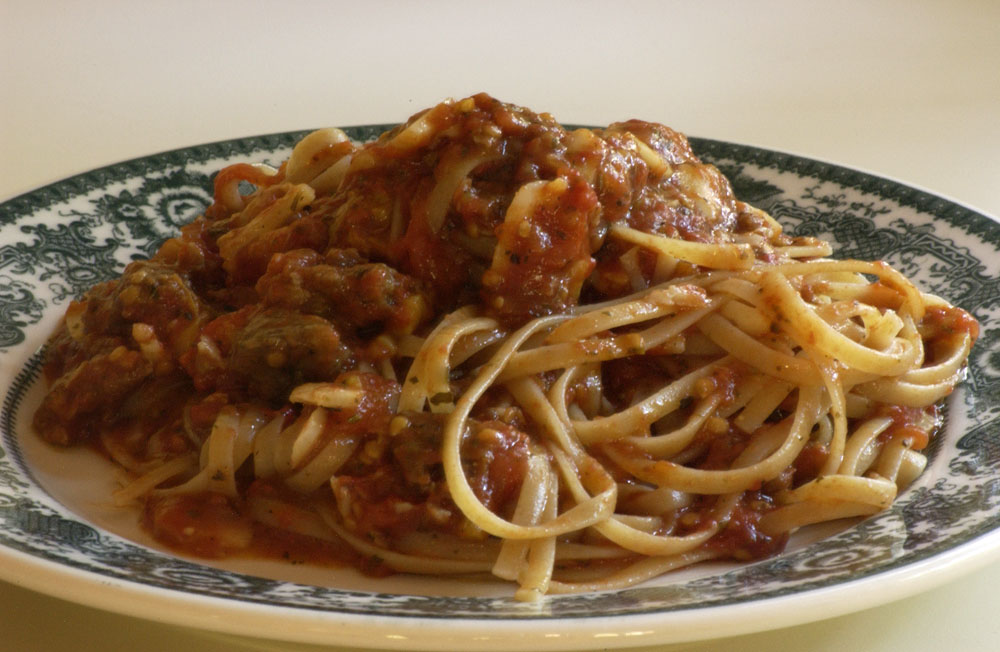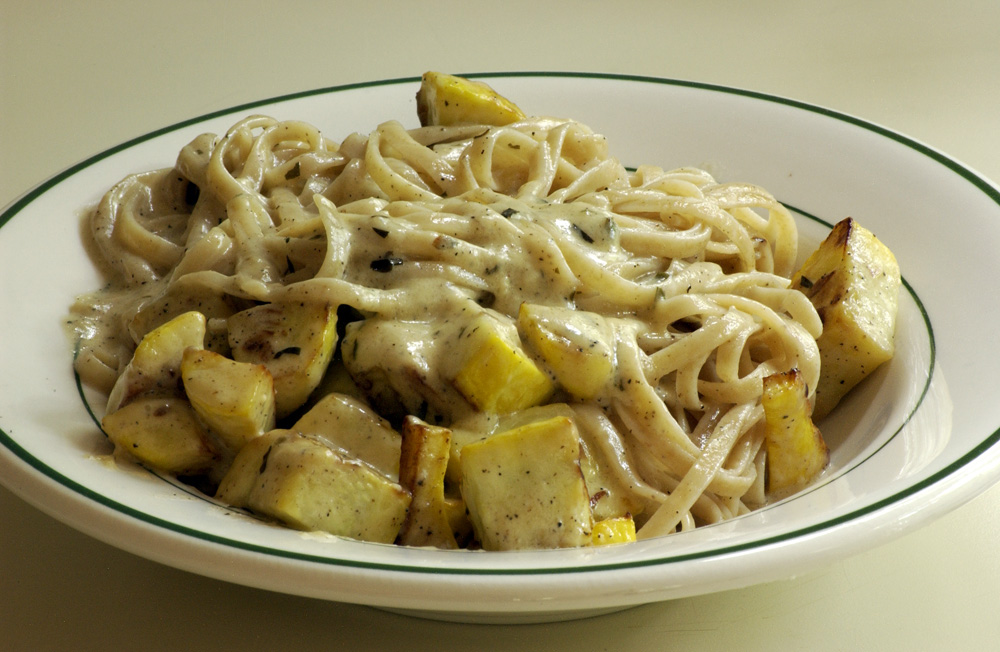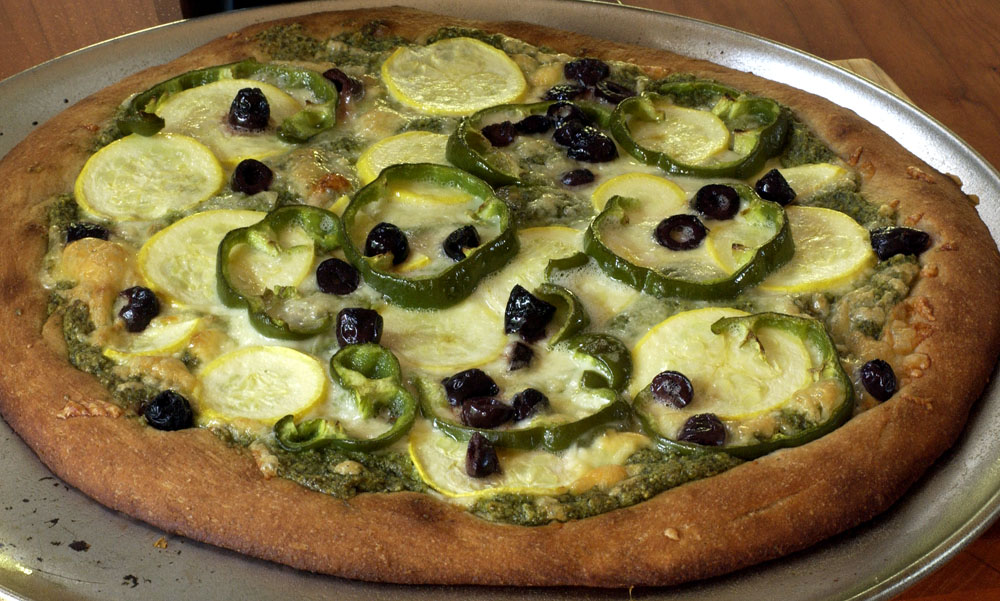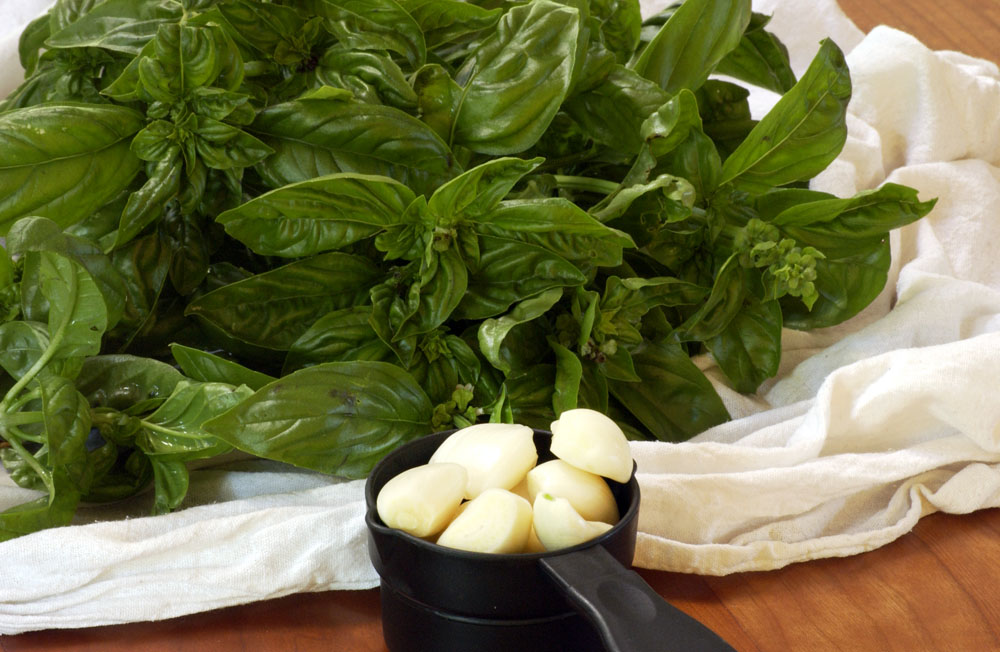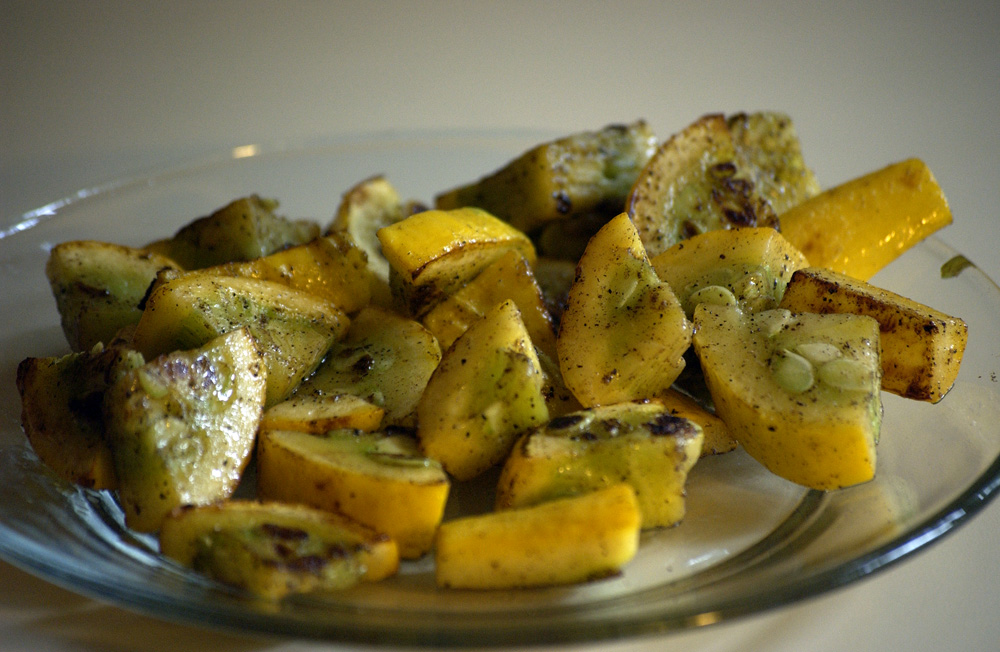
Ragweed. Note the brown grass behind it. The wildflower patches did poorly this year, but water-frugal species grew valiantly.
One of the good things about living in a place like the abbey is that, instead of fighting with nature, one gradually begins to cooperate with nature and to learn from nature’s experience. This summer has been miserably dry, the driest summer since a La Niña summer a few years ago. I haven’t cut the grass for a month, because the grass isn’t growing, and much of it has turned brown. The clover shriveled up, and rabbits that were young enough to squeeze through the garden fence ate the tops off young sweet potatoes. I forgave them. They have to eat.
Drought is hard on everyone. The day lily bank usually makes an extravagant show. This year, because of the drought, the blooms were scant, and a doe and her fawn ate most of the bloom buds, returning nightly. I put up with it. They have to eat. Last year’s 70 inches of rain produced a huge crop of rabbits and deer. This year, I’m sure, the populations will be way down.
Ragwood is one of the most hated of weeds, not least because its pollen is a powerful allergen. But this year I saw the virtues of ragweed. Where the grass was brown, ragweed sprang up. I would not dare to cut it until we’ve had some good rain and the grass is growing again. Roots in the soil and green leaves in the sun are always a good thing. In a drought, one can’t be choosy.
The chickens had done a lot of damage to the orchard during the winter, scratching bare spots in the grass. With good rain, the grass would have quickly recovered. But this year, it was only ragweed that could step in to defend the soil. The ragweed completely covered the worst of the bare spots. The chickens left it alone. Not only was it roots in the ground, it also was dense enough to shade the soil and keep the soil a little cooler.
Driving around the foothills, one frequently passes plots of land that were timbered during the winter, leaving a Mordor-like plain of barrenness and disruption. But who shows up to hold the soil and get life going again? Weeds, the tried-and-true native species who have had a million years and more to learn their job.
I haven’t been here that long. What do I know? One learns to let things live and seek their own balance — weeds, rabbits, deer, even the snakes. The abbey has a no-kill rule. I wouldn’t have it any other way.
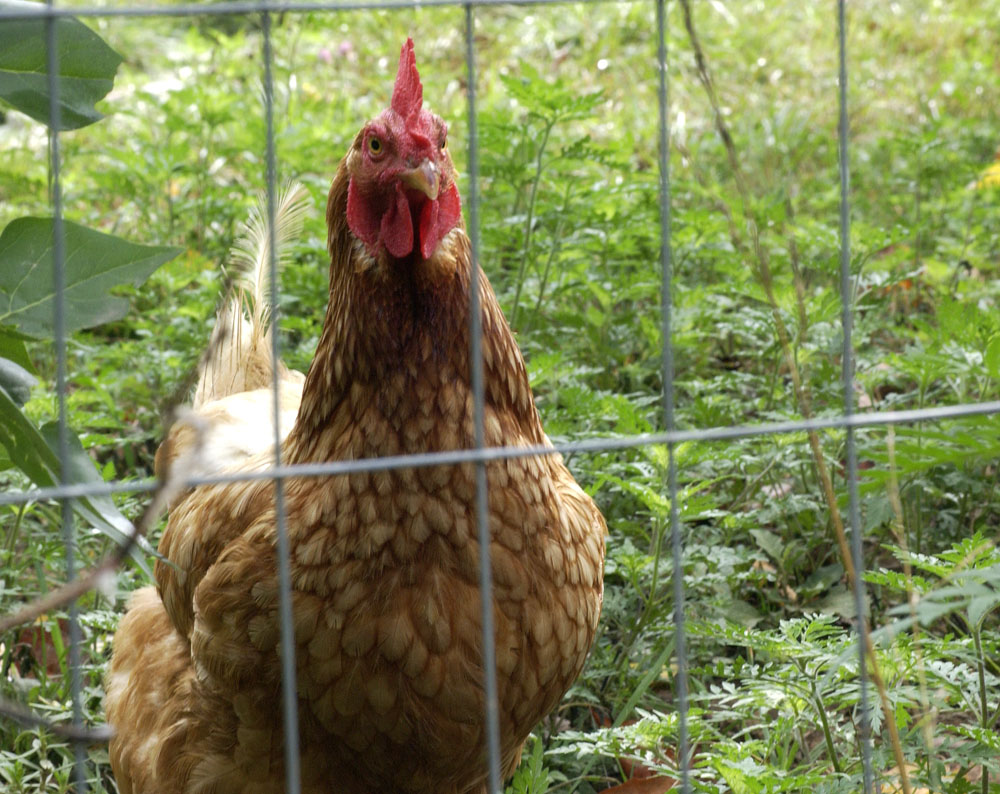
The chicken is standing in a patch of ragweed. A couple of months ago, the area was bare dirt, scratched clean by the chickens during the winter.

